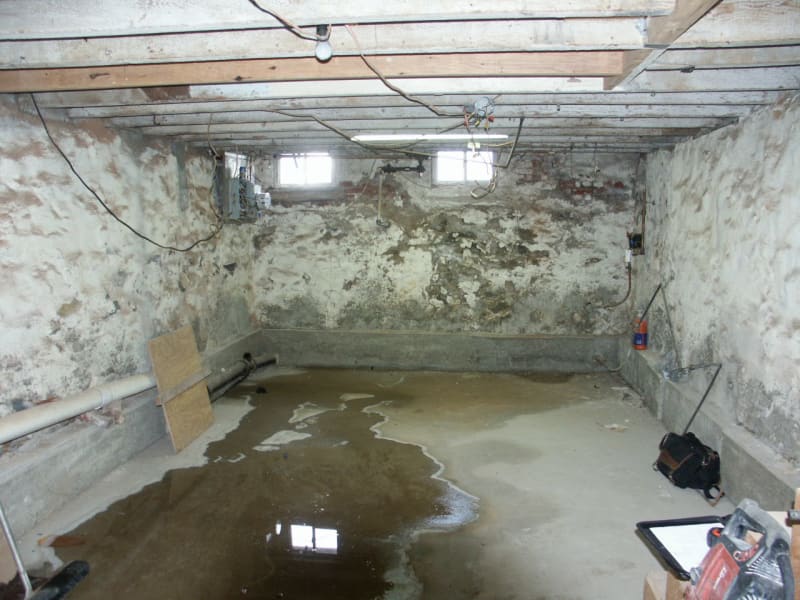Hoboneer
Structural
- Sep 19, 2016
- 17
I was called to a row house with party-line common walls where a contractor has over-excavated the basement, undercutting the foundation walls/footings by about a foot. Naturally, he got a stop work order from the inspector. The bottom of new slab isn't going to be below the existing footing level. I've never thought about this, but is it possible to just put the soil back, properly compacted in 6" lifts? Is there a code stipulation? Or is underpinning the only option now? And how to you safely underpin now that all of it has already been over-excavated?

